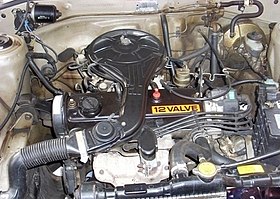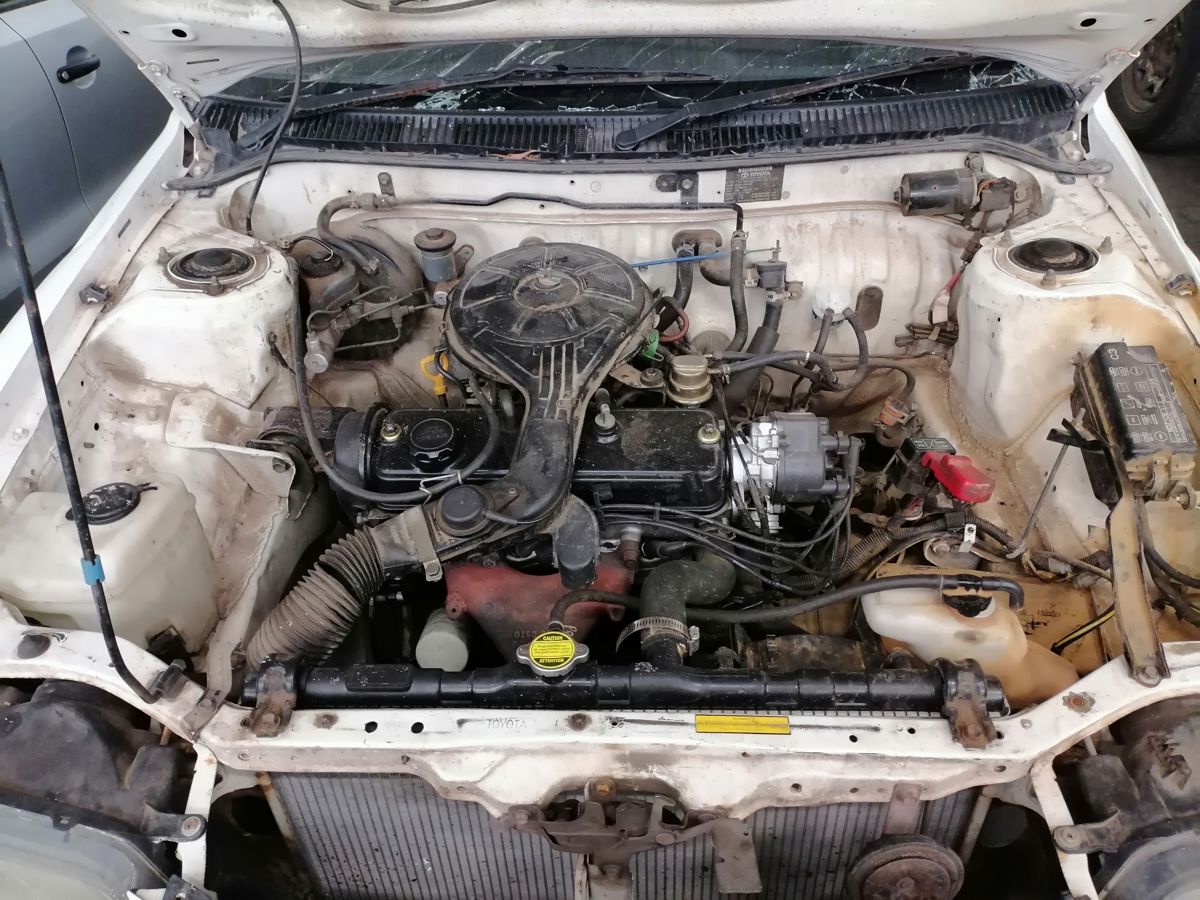Check Out the current Trends in Engine Technology With Tazz
In the rapidly developing landscape of auto modern technology, Tazz stands at the center, highlighting substantial advancements in engine systems that focus on both technology and sustainability. tazz. From crossbreed engines that optimize gas efficiency to the emergence of hydrogen fuel cells, the fads forming modern-day powertrains are not just boosting efficiency however also addressing important environmental challenges. As the industry remains to push borders, it is necessary to take into consideration exactly how these advancements will affect future transportation solutions and the more comprehensive effects for global energy consumption. What lies ahead in this essential improvement?
Hybrid Engine Innovations
Crossbreed engine innovations stand for a critical change in vehicle innovation, incorporating the advantages of inner combustion engines with electrical propulsion systems. This integration not only improves fuel effectiveness yet likewise decreases exhausts, conference progressively rigorous ecological laws. By using both energy resources, hybrid engines can optimize performance, delivering power when required while saving fuel throughout less requiring driving problems.
Recent improvements in crossbreed technology consist of improvements in battery performance and regenerative braking systems. These innovations permit higher energy healing during slowdown, which can be rerouted to assist in acceleration or power auxiliary systems. Additionally, manufacturers are concentrating on portable layouts and lightweight products to maximize the efficiency of hybrid powertrains.
The growth of plug-in crossbreeds has also expanded the marketplace, making it possible for motorists to bill their cars utilizing typical electrical outlets. This feature commonly enables substantial all-electric range, more decreasing dependancy on typical fuels. tazz. As the vehicle market continues to develop, hybrid engine innovations are anticipated to play a vital role in connecting the gap in between conventional automobiles and completely electric versions, providing a transitional solution that accommodates varied customer demands and choices
Developments in Electric Powertrains
The automobile landscape is swiftly progressing, with electrical powertrains becoming a leading pressure in lasting transportation. Advances in electrical car (EV) innovation are substantially boosting effectiveness, individual, and performance experience. Key developments consist of enhancements in battery chemistry, which have actually increased power density, reduced charging times, and expanded general battery life.
Solid-state batteries, for instance, assure to revolutionize the market by offering greater safety and security and efficiency contrasted to conventional lithium-ion cells. Furthermore, advancements in regenerative stopping systems are allowing automobiles to recover energy during deceleration, adding to overall effectiveness.
In enhancement to battery technology, electrical motor styles are becoming a lot more innovative. Innovations such as incorporated electric motors and progressed thermal monitoring systems are helping to enhance power delivery and minimize weight, eventually enhancing car dynamics.

Jointly, these advances highlight the dedication to transition in the direction of cleaner, much more efficient transportation options, placing electric powertrains at the forefront of automotive innovation.
The Increase of Hydrogen Gas Cells
Increasingly, hydrogen gas cells are getting traction as a sensible alternative to typical interior combustion engines and battery electrical automobiles. This modern technology takes advantage of the chemical energy kept in hydrogen, converting it into electricity through an electrochemical reaction with oxygen. The primary by-product of this procedure is water, making hydrogen fuel cells an eco-friendly choice with no emissions at the tailpipe.

Automakers are progressively spending in hydrogen fuel cell technology, recognizing its potential for long-range applications and quick refueling capabilities that measure up to conventional gas. Furthermore, markets such as heavy-duty transport and public transportation are specifically well-suited for hydrogen gas cells, where battery electrical services might fail due to weight and array restrictions.
As research and investment continue to broaden, hydrogen gas cells are poised to play a considerable function in the future landscape of tidy transport and energy solutions.
Enhancements in Internal Burning Engines
Technologies in interior burning engine (ICE) technology are transforming standard cars to meet modern environmental criteria and performance assumptions. Direct gas injection, for instance, allows for far better atomization of fuel, leading to even more full burning and boosted power output.
Furthermore, turbocharging has gotten prominence, allowing smaller sized engines to deliver greater efficiency without the weight of larger engines - tazz. This modern technology not just increases performance however additionally adds to reduce fuel usage. Variable shutoff timing systems are likewise being fine-tuned, making it possible for engines to adapt to numerous driving problems for enhanced torque and responsiveness
Furthermore, making use of lightweight materials in engine building is becoming typical, further enhancing gas effectiveness by decreasing overall car weight. Engine control units (ECUs) are increasingly sophisticated, making it possible for real-time modifications that optimize efficiency and exhausts.
These improvements jointly symbolize a crucial change in ICE modern technology, straightening with international sustainability goals while still providing the efficiency chauffeurs expect from their cars. As the market evolves, these improvements proceed to shape the future of conventional automotive design.
Future Fads in Engine Efficiency
Considerable improvements in engine efficiency are anticipated as makers focus on integrating advanced modern technologies to fulfill rigid environmental policies and consumer demands. The shift in the direction of electrification, hybrid systems, and alternative gas is reshaping the click site automotive landscape, driving innovations that enhance fuel economic situation and reduce emissions.
One of the key patterns is the execution of sophisticated products and making methods. Light-weight compounds and high-strength alloys add to reduced lorry weight, hence enhancing total efficiency. Furthermore, the fostering of turbocharging and variable valve timing modern technologies enables for enhanced power result from smaller sized engines, further improving gas economic situation.

Verdict
Technologies in hybrid engine systems, electrical powertrains, and hydrogen fuel cells show a commitment to lowering exhausts while improving performance. Renovations in internal burning engines and my review here an emphasis on lightweight products contribute to total engine efficiency.
From crossbreed engines that enhance fuel performance to the appearance of hydrogen fuel cells, the fads forming modern-day powertrains are not just improving efficiency but also resolving crucial environmental obstacles.Hybrid engine innovations stand for a critical change in auto modern technology, integrating the benefits of inner burning engines with electrical propulsion systems.Additionally, turbocharging has actually acquired importance, permitting smaller engines to supply greater performance without the weight of larger engines. In addition, the adoption of turbocharging and variable valve timing innovations permits for improved power output from smaller sized engines, even more enhancing gas economic climate.
Enhancements in internal burning engines and a focus on lightweight materials add to total engine efficiency.